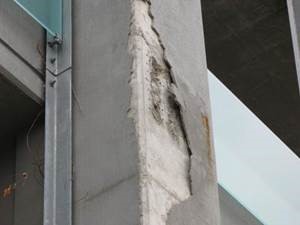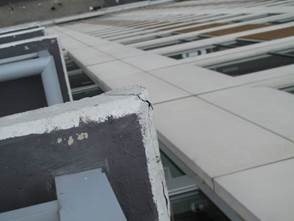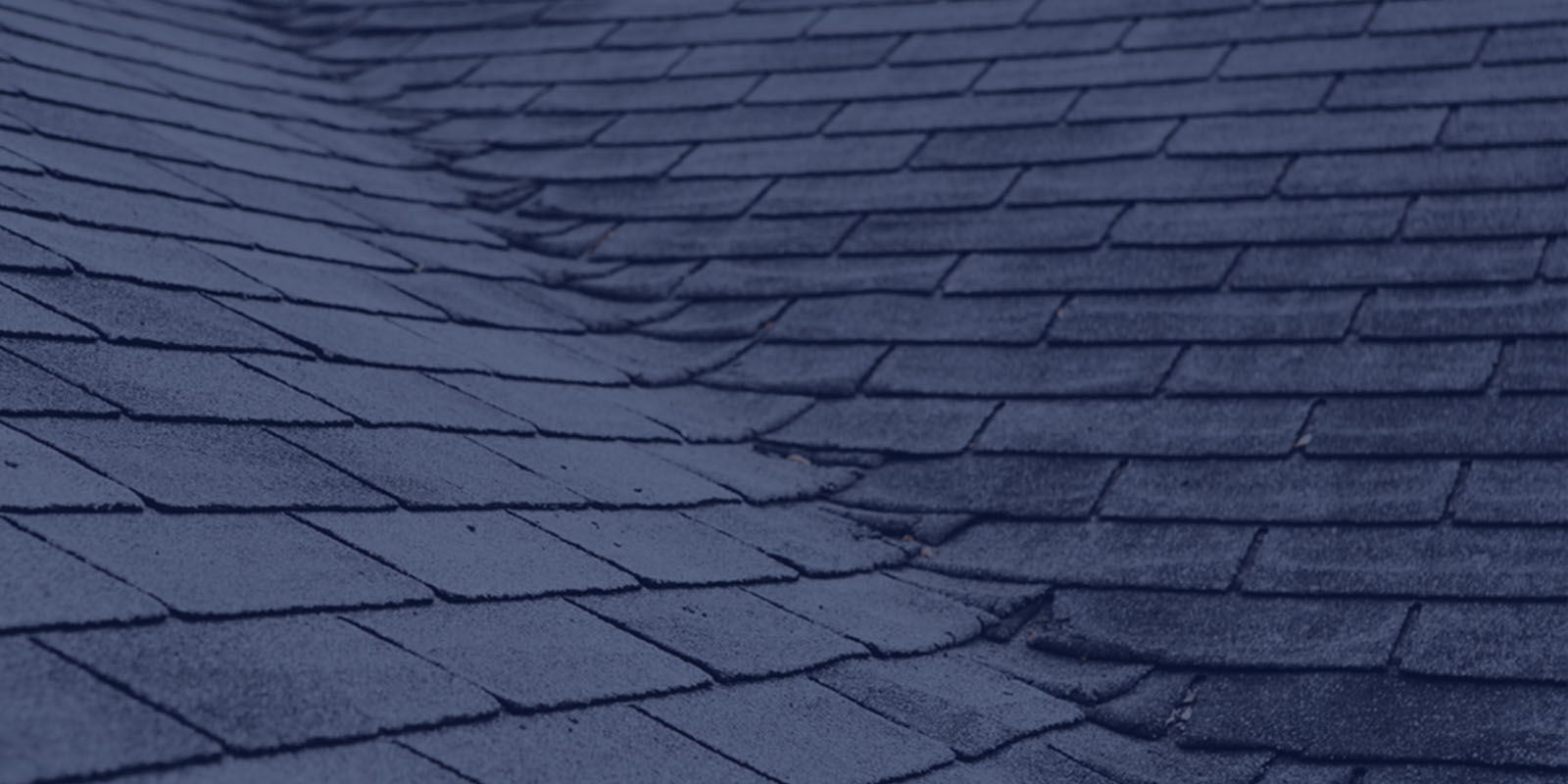While the safety and reliability of the built environment have improved markedly with time, and large-scale structural failures of modern buildings are rare, unsafe conditions can still manifest from inconspicuous sources above. The potential for objects falling from overhead, including fragments from the exterior wall systems of buildings and debris from active construction sites, is an often overlooked hazard. Typical root causes of these dangerous falling objects include poor design detailing, lack of clarity in the drawings and specifications, errors in construction, absence of appropriate safety protocols, and the lack of proper maintenance. Due to the potentially devastating effects of building materials falling from a structure, significant care must be taken to prevent such occurrences.
Common sources of debris detaching and falling from a constructed building include concrete spalling and veneer failures at building façades. Spalling typically occurs as the result of stresses caused by differential movement of building materials that are in contact with one another, due to a progressive deterioration mechanism such as corrosion, or some combination of both. Common veneer failures that result in falling debris include failure of the veneer attachment, spalling of veneer material due to differential movement of building materials, near-surface delamination (such as with natural sedimentary stone materials), or delamination at the veneer-to-substrate interface.

If spalling or a veneer failure occurs on the upper floors of an urban high-rise building, the concerns for safety and potential collateral damage are obvious. Any resulting falling debris would endanger vehicular and pedestrian traffic below; and if the debris impacts the building as it falls, it could damage other exterior building elements and progressively result in additional falling debris hazards.
By understanding the causes of conditions that can lead to falling debris; and by exercising care in design, construction, and maintenance of buildings; many of the common pitfalls that cause building materials to dislodge and fall from buildings can be avoided. For existing buildings, a detailed façade evaluation should be performed periodically to reduce the risk of building damage and injury from falling debris. The scope and frequency of such evaluations may vary based on the specific building characteristics and local ordinances. Some locations require building owners to engage licensed professionals to perform regular façade inspection, including physical examination and classification of façade conditions, including any unsafe conditions requiring repair. Unsafe conditions typically require immediate repair, and the occurrence of a “near-miss” will often prompt additional rigorous evaluation.

Nelson’s engineers and architects are well versed in assessing potential hazards associated with exterior building components, including cladding and veneer. These professionals can evaluate the integrity of the materials from which the components are made, investigate the suitability of the components’ attachment to the building, and determine the extent and cause of any damage or defects.

